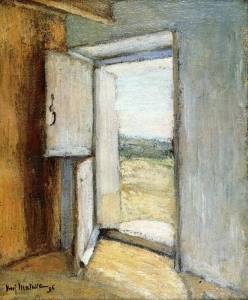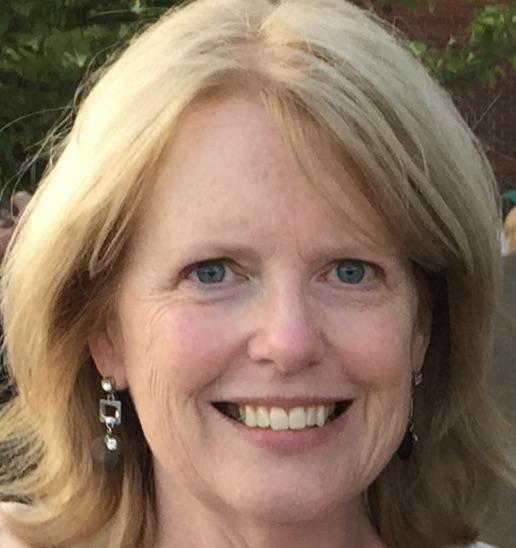The world has changed and continues to change. In normal times, we know that’s what happens. But right now, it’s everything at once–work, school, home, routines, travel, daycare, camps, movies…and so on. Some families have created bubbles with other families so children can play and socialize together.
But what about your child’s learning? When schools closed, kids missed out on chunks of learning. Teachers did the best they could online. But even the best online learning doesn’t begin to approximate the learning in a school day, especially because hands-on, collaborative learning is skillfully combined in most classrooms with technology.
If there’s one thing your kids do this summer, have them read. Reading gets better with more reading. Children must read every day, so make that a non-negotional. Get books from the library, extended family, friends, borrow from neighbors (handle with gloves and put in plastic bag for 24-48 hours), and buy them if you can. Let your children subscribe to magazines, especially high-interest ones. Rereading is just as good, too.
How much should kids read by themselves? Fluent readers enjoy reading for an hour or more. Developing readers and average readers might like a time, so I’d start with 20 minutes two times a day and move it up soon to 30 minutes twice daily. If you enjoy reading aloud and together, do that, but almost everyone can do 20 minutes, two times a day.
If your child prefers to use an e-reader, go ahead. It’s more important that they read. But you must keep track of screen time. A physical book-in-the-hand is a different experience and engages children profoundly.
Get current screen time guidelines from the American Academy of Pediatrics here.






